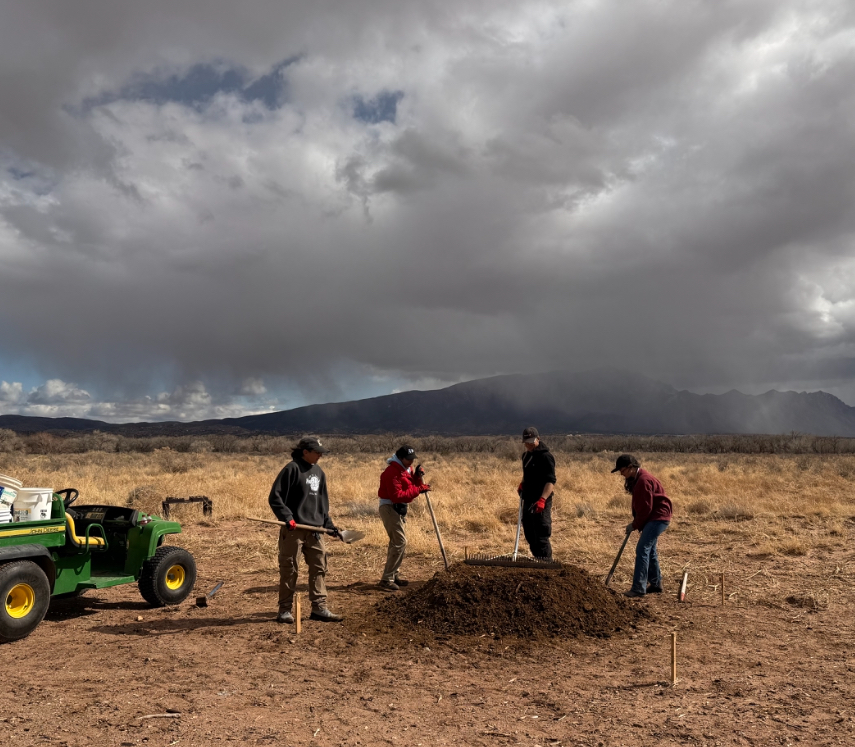Ecological Stewardship in Circular Systems: A Collaborative Study in Manure Composting
2025
Hosted at the Tamaya Horse Rehab on the Santa Ana Pueblo, this project contained two parts: understanding how composting works in arid regions at a scientific level and fostering a circular economy at the local level.

